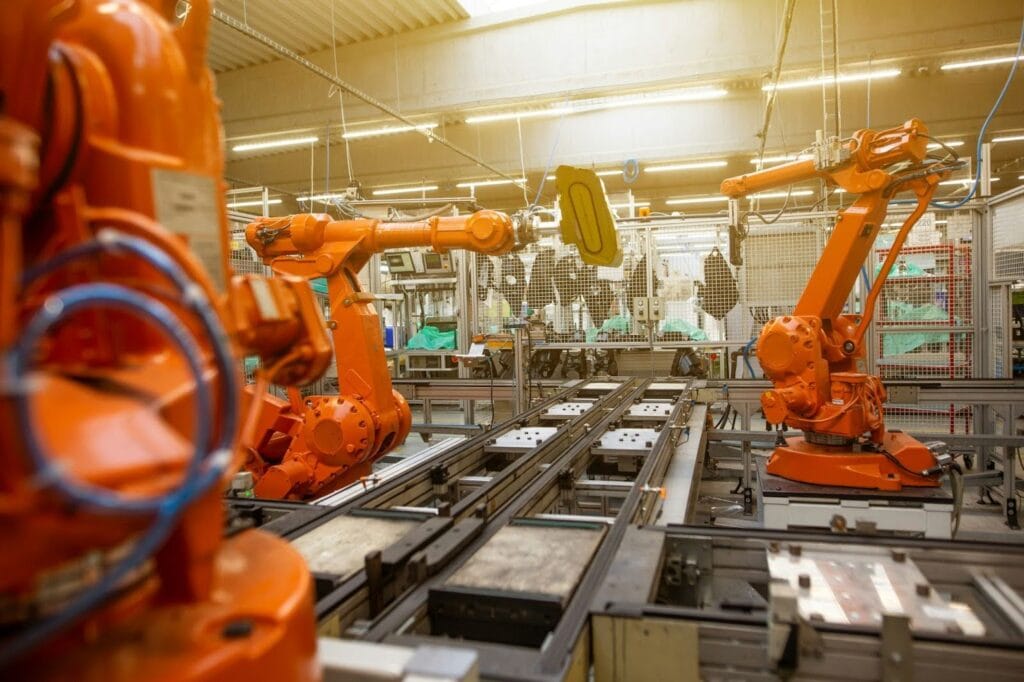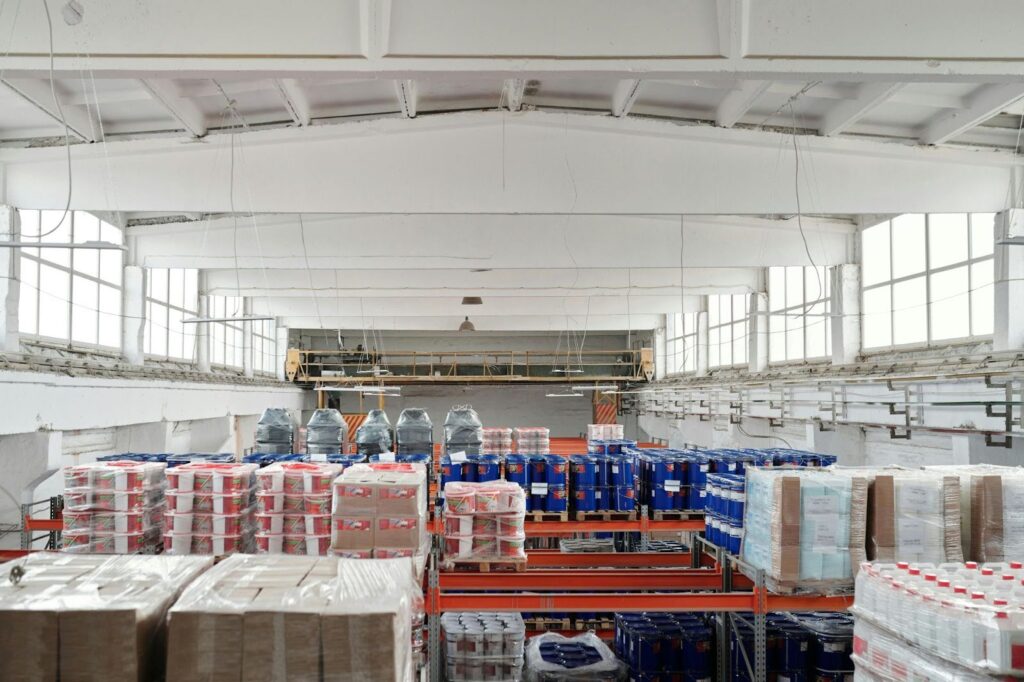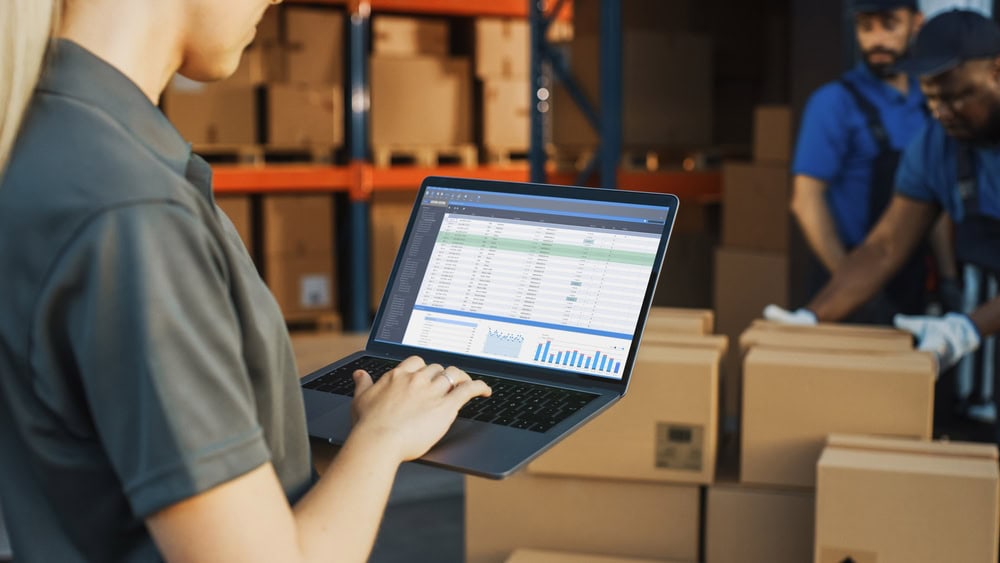Articles
Knowledge Center

Perfect Order Fulfillment: Explanation, Tips, and How to Improve
Achieving perfect order fulfillment is crucial for businesses aiming to improve both customer experience and customer retention. By ensuring orders delivered are accurate, with correct invoices and accurate documentation, companies can minimize imperfect orders and reduce the likelihood of customer fails.
Read More
Micro-Fulfillment Explained: Key Benefits and Strategies for Ecommerce Success
Discover the key benefits of micro fulfillment and essential insights for businesses looking to enhance efficiency and customer satisfaction.
Read More
9 Types of Manufacturing Processes Every Business Should Know
Businesses rely on different types of manufacturing processes to create products, and each method serves a specific purpose. From turning raw materials into finished goods to producing at scale, manufacturing plays a critical role in meeting consumer demand across various industries. These manufacturing techniques vary based on the nature of the product, required output, and […]
Read More
Decoupling Inventory: Definition and How It Protects the Supply Chain
In today’s complex logistics and inventory management world, maintaining a resilient and efficient supply chain is more crucial than ever. One key strategy businesses employ to safeguard against disruptions is decoupling inventory. This approach helps prevent inventory shortages and ensures customer demand is consistently met. Decoupling inventory is essential for anyone involved in manufacturing processes, […]
Read More
MRO Inventory: Definition, Strategies, and Types
By comprehending the definition, types, and significance of MRO inventory, as well as implementing best practices in inventory management, businesses can optimize their supply chains and ensure smooth operations.
Read More
Distributed Inventory: Definition, Management Strategies, and Benefits
Distributed inventory is a strategy for storing goods across multiple locations rather than in a single central warehouse. This approach is important in commercial shipping and logistics because it helps companies align inventory with market demand and significantly cuts delivery times. By distributing inventory, businesses can achieve greater flexibility and responsiveness, enhancing overall supply chain […]
Read More
Finished Goods Inventory: What It Is, Formula, and Examples
Finished goods inventory is a critical part of managing any manufacturing business. It refers to the final products ready for sale after the manufacturing process is complete. Efficiently managing this inventory helps companies meet customer demand, optimize stock levels, and avoid lost sales opportunities. Businesses that actively manage their finished goods inventory can reduce excess […]
Read More
Horizontal vs. Vertical Integration: Their Key Differences
Understanding the differences between horizontal and vertical integration is key to selecting the right strategy for your business. Each approach offers unique benefits and challenges, and the choice depends on your specific business goals, industry context, and resources.
Read More
Inventory Management Techniques And Their Benefits
Each effective inventory management technique is crucial for helping a business maintain smooth operations and meet changing customer demands. By implementing inventory management strategies, companies can optimize their inventory management process, avoiding stockouts or overstocking.
Read More
9 Types of Containerized Cargo Compared and Explained
In commercial shipping and logistics, containerized cargo plays a pivotal role in facilitating the efficient transportation of goods across international borders. This method of shipping has revolutionized the industry by providing a standardized way to handle various types of cargo, making it easier to load, transport, and unload goods quickly and safely. As global trade […]
Read More
Pipeline Inventory: How To Manage It and Why It’s Important
Pipeline inventory plays a crucial role in the smooth operation of businesses across various industries. Simply put, it refers to the goods that are in transit between the manufacturer, distributor, or retailer and are not yet available for sale. Properly managing this type of inventory is essential for maintaining efficient supply chains, reducing costs, and […]
Read More
Horizontal Integration: Definition, Examples and Strategy
Understanding the nuances, potential drawbacks, and potential benefits of horizontal integration versus other growth strategies, like vertical integration, will enable you to make decisions that align with your company’s needs and aspirations.
Read More
Vendor Managed Inventory: Definition, Benefits, and Challenges
Reflecting on the strategic benefits of VMI and staying informed about future trends can help companies achieve greater efficiency and success in their supply chain operations.
Read More
Supply Chain Planning: What It Is, Importance, and Examples
Effective supply chain planning is essential for running a successful business and staying ahead in today’s fast-moving market.
Read More
Just-in-Case vs Just-in-Time: Understanding the Differences
Inventory management systems are pivotal in commercial shipping and logistics. They influence a company’s ability to meet customer demand and manage costs effectively. Businesses today often choose between just-in-case (JIC) and just-in-time (JIT) systems, two distinct strategies that cater to different operational needs. JIC focuses on maintaining higher inventory levels as a safety net against […]
Read More
Manufacturing Overhead: Definition, Cost Types, and Management
Manufacturing overhead includes all the indirect costs associated with the manufacturing process, which are not directly tied to producing a specific product. By grasping the concept of MOH, businesses can achieve more accurate cost assessments and better financial management. This article will give a detailed overview of manufacturing overhead, its parts, and how it affects […]
Read More
Lean Warehousing: Definition, Elements, and Benefits
Lean warehousing is transforming the logistics and warehousing sectors by streamlining operations and cutting down on waste. This methodology focuses on making warehouse processes more efficient, which in turn reduces costs and enhances overall performance. By applying lean principles, businesses can significantly improve their supply chain efficiency, leading to faster delivery times and better customer […]
Read More
Sustainable Warehousing: Definition, Best Practices, and Benefits
Understanding sustainable warehousing allows businesses to make informed decisions that align with modern environmental expectations and regulatory requirements.
Read More
Direct Materials in Manufacturing: Definition, Types, and Management
Mastering direct materials management is essential for any manufacturing business aiming to streamline operations and optimize costs. Effective handling of these materials ensures a smooth production process, from procurement to the final product.
Read More
Returned Inventory: What It Is, Common Causes, and Processes
By leveraging technology, refining return policies, and effectively training staff, businesses can streamline their returns process, ultimately reducing costs and improving the overall customer experience.
Read More